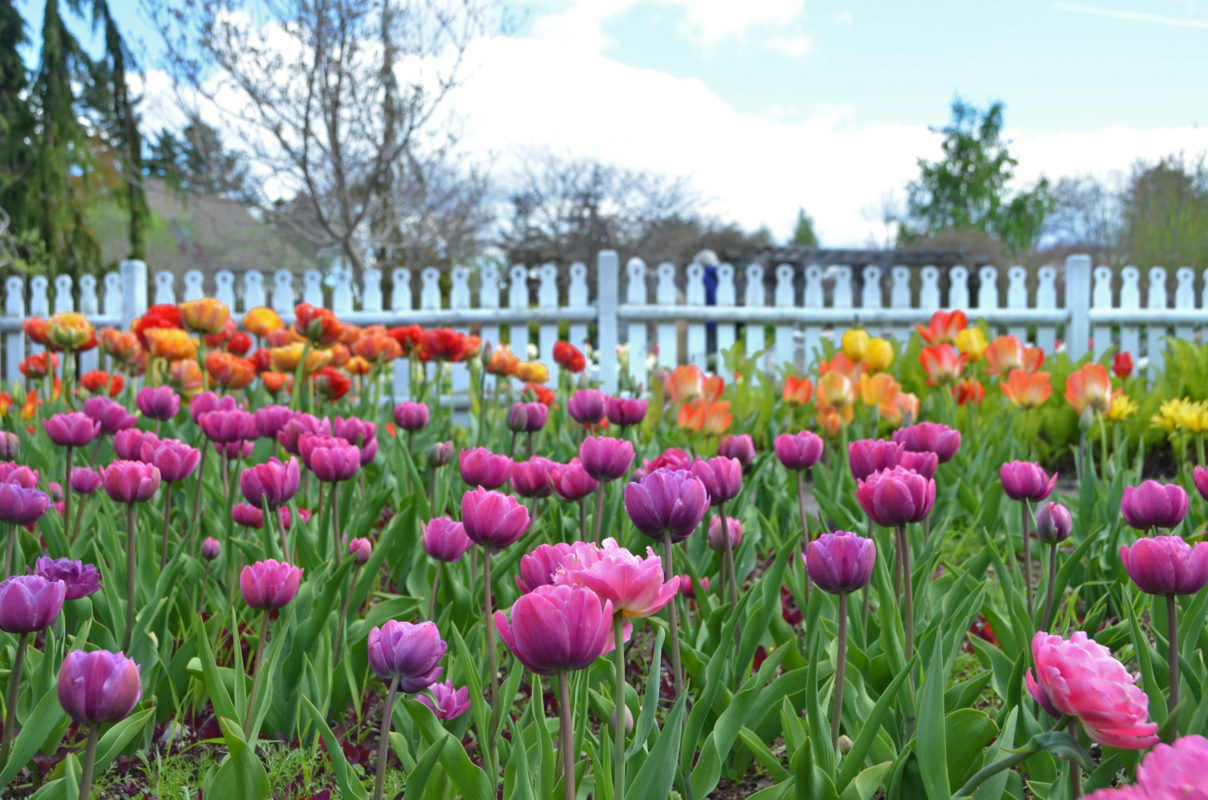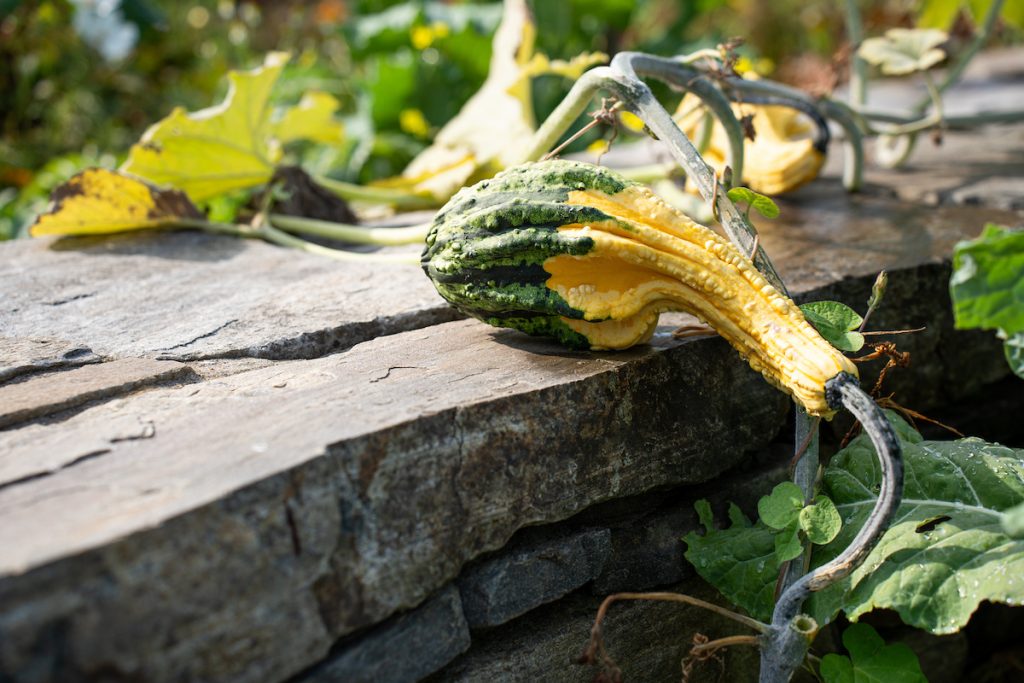“No winter lasts forever; no spring skips its turn.” ~ Hal Borland
It can be difficult to remain positive in this time of social distancing and isolation, especially as the natural world comes to life around us. But this is exactly when immersing ourselves in nature, in routine, and in seasonality can be of the most value. Participating in that renewal is one of the healthiest, life-affirming options we have—we are garden lovers, after all!
When we have little choice but to stay at home, we can turn whole-heartedly to our gardens, whether we’re old hands working with established beds or new gardeners experimenting with a few containers on a balcony or windowsill. No matter where you fall on the spectrum, stay with us in the coming days for inspiration, tips, and opportunities from our garden to yours.
To that end, here are five tasks to get you started:
- Up here in Maine, it’s a bit chilly to get too dug in, so to speak, but there’s nothing wrong with getting a head start on garden prep and winter cleanup (bonus: fresh air and sunlight contributes to a healthy mind and body, not to mention access to those vital doses of natural vitamin D). If the ground (and the compost) isn’t frozen and the soil is workable, we can begin to fertilize our beds, digging in an inch or two of compost or well-rotted manure to prepare for the growing season to come. (If diggings isn’t an option, cleaning and sharpening garden tools is also a good, early-season activity).
- It’s also a good time to tidy up borders and flower beds, cut back any grasses or perennials you’d left for winter wildlife, and do a little indoor seed-sowing for those plants in need of a longer growing season (geraniums, begonias, peppers, and tomatoes to name a few).
- If you want to try something new, maybe an indoor herb garden is the answer. (Truthfully, most herbs are easier to grow than your average houseplant). Some good, hardy herbs to begin with are rosemary, sage, any kind of mint, oregano, basil, thyme, cilantro, and parsley. The beauty of planting these in pots is that you have the luxury of placing them exactly where they want to be for their preferred light tolerance (in general, that’s four hours of sun per day; they’ll live with less, but they might become leggy and lackluster).
- Still have your seed catalogs lying around? (Of course you do! You probably have a whole shelf of them!). Maybe peruse them one more time and pick out a few exotic flowers, fruits, or veggies you’ve always wanted to try growing but, for whatever reason, never got around to. Choose one new crop and order some seeds. You never know! A little novelty goes a long way, and just think of how warm and sunny it will be by the time you have your first harvest.
- If gardening isn’t your thing (but food and farmers’ markets are), this is the perfect opportunity to start searching for and saving recipes that feature the fruits and vegetables you can’t wait to get your hands on. Aim for three or four favorite recipes for every crop you grow or buy regularly. That way, you can grab what’s in season and already have a good idea about how to prepare it. Plus, looking at all of those bright colors, getting creative in the kitchen—this is all good, healthy activity that gets us out of our heads, into our bodies, and focused on a bright future.



